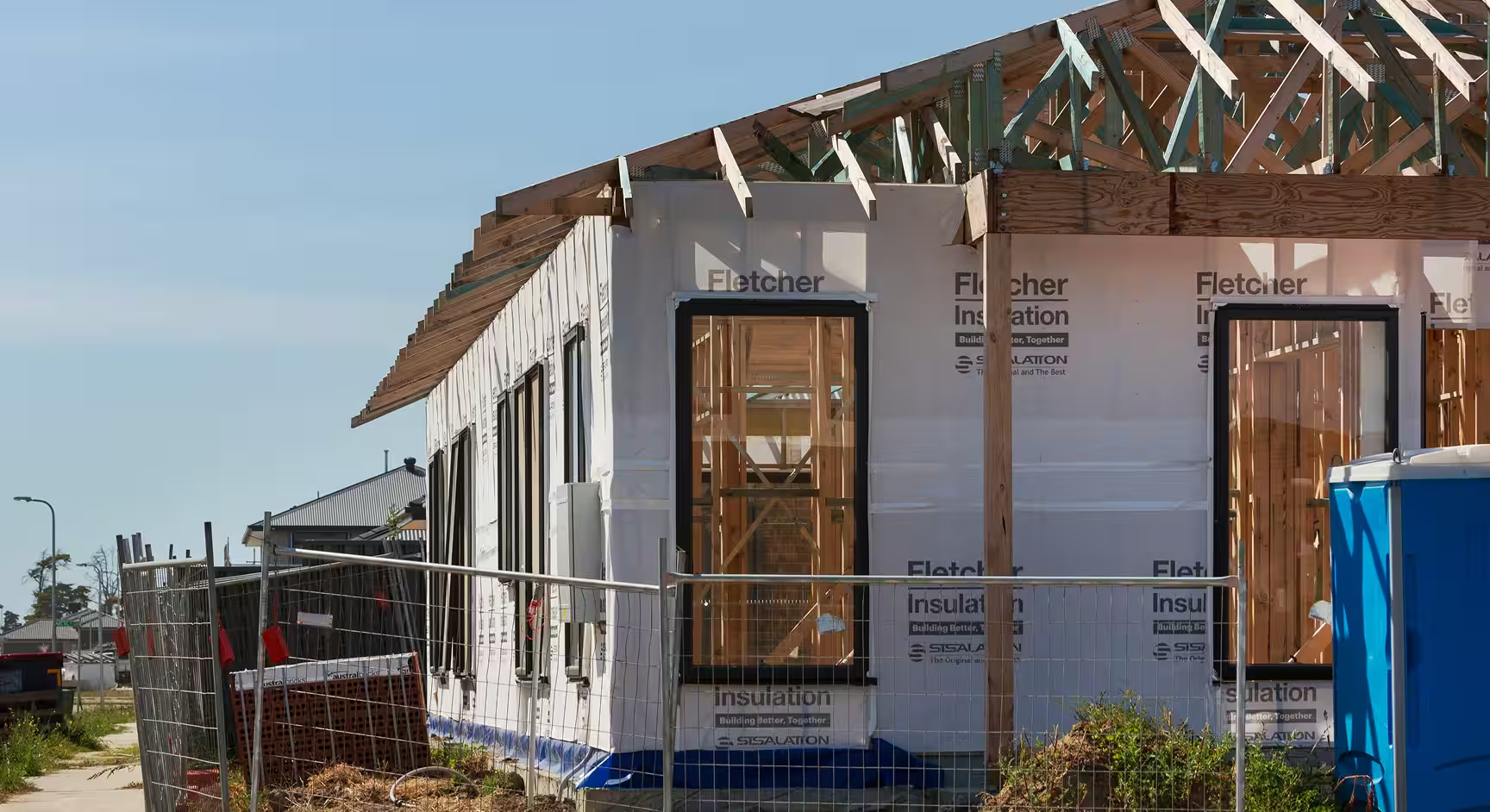
Housing Weakness Is on the Fed’s Radar
The U.S. housing market is showing fresh signs of strain — and the Federal Reserve is paying close attention. Pending sales are collapsing, cancellations are surging, and prices are starting to slip.
According to the Fed’s latest meeting minutes, officials are increasingly concerned that weakness in housing could spill into the broader economy. In July, 1 in 7 pending home sales fell through, a sharp reminder of how fragile buyer confidence has become.
With affordability crushed by mortgage rates near 7%, the Fed is weighing whether to begin interest rate cuts in 2025 to ease pressure on households.
The Affordability Crunch
The math illustrates the crisis clearly:
- In 2020, a $400,000 home with a 3% mortgage meant a payment of about $1,350 per month.
- In 2025, the same home — now valued at $588,000 with a 7% mortgage — costs about $3,100 per month.
That’s more than double, before factoring in higher property taxes and insurance premiums. For many middle-class families, ownership has become unattainable.
Can Falling Prices Solve the Problem?
Price drops could help buyers, but they carry risks.
- A 10% decline would still leave homes far above 2020 prices but could put 3% of owners underwater.
- A 20% decline could push 5–6 million households into negative equity — levels not seen since the 2008 housing crash.
Such losses could choke off consumer spending and pressure banks already wary of loan defaults.
What the Fed Might Do Next
Fed Chair Jerome Powell has hinted that rate cuts could begin in late 2025, potentially easing mortgage rates.
But there’s a paradox: lower borrowing costs could reignite bidding wars, pushing prices back up just as affordability improves.
Political pressure complicates matters further. President Donald Trump has called for deeper cuts and even suggested reshaping Fed leadership, adding a layer of uncertainty.
Advice for Buyers
Trying to time the market is risky. Instead, focus on:
- What you can comfortably afford
- Down payment and mortgage costs
- Moving and renovation expenses
Treat a house as a home first, not an investment, to avoid overextending financially.
Opportunities for Investors
Periods of volatility often create openings. Investors with cash reserves, discipline, and long-term strategies may find opportunities as rates shift and valuations reset.
Educational tools like market briefs and master classes can help spot opportunities early — but only those prepared to weather uncertainty will benefit.
The Bottom Line
The housing market is at a crossroads. Falling prices may ease affordability but carry systemic risks. Meanwhile, Fed action in 2025 could reshape the landscape once again.
For buyers, the key is financial caution. For investors, it’s patience and preparation.

